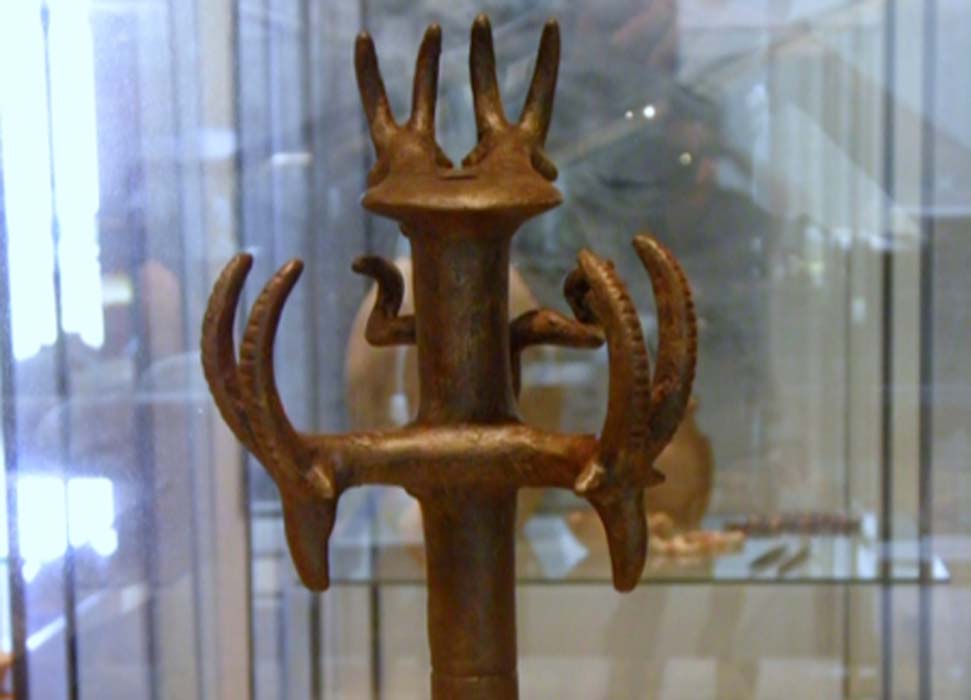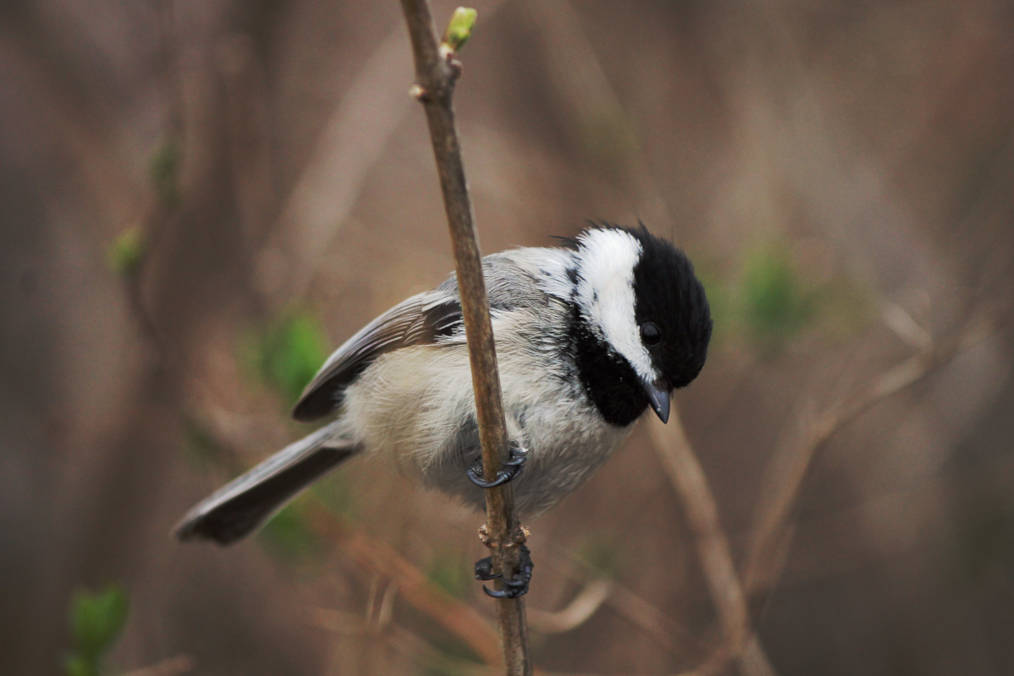via Boing Boing by Xeni Jardin

You simply HAVE to see these creations.
==============================
via Ancient Origins by Ed Whelan

Bronze scepter from the Nahal Mishmar. Source: Poliocretes / CC BY-SA 3.0
An Israeli academic has claimed to have found the earliest writing in the world. He claims that a proto-writing system was developed by ancient metalworkers over 6,000 years ago in the southern Levant. They belonged to the mysterious but very important Ghassulian culture.
Nissim Amzallag, who works at the Ben Gurion University and is an expert on the culture and origins of metalworking in the ancient world made the claim. He developed the theory after examining the famous hoard from Nahal Mishmar one of the most important archaeological discoveries from the Chalcolithic era, also known as the Copper Age. The Nahal Mishmar hoard was found in a cave in 1961 and is 6,300 years old.
Continue reading
==============================
posted by Morgan Meis in 3 Quarks Daily: Allan H. Ropper and Brian Burrell at Lit Hub:

"A Clinical Lesson at the Salpêtrière" is an 1887 group tableau portrait painted by the history and genre artist André Brouillet. The painting, one of the best-known in the history of medicine, shows the neurologist Jean-Martin Charcot giving a clinical demonstration to a group of postgraduate students.
Thanks to Wikipedia
Not only was hysteria a disease of the body, but so was the susceptibility to hypnotic suggestion. In other words, according to Charcot, only true hysterics could attain the postures and maintain the poses of artificial hysteria. These could not be faked, so they had to be a pathological sign connected to real hysteria, even diagnostic of it. He called it le grand hypnotisme.
In 1882, Charcot presented this theory to the French Academy of Sciences as part of his bid for membership. The academy had already accepted his claim for the status of hysteria as a true disease on the strength of his reputation, although without much enthusiasm. They also signed off on his description of grand hypnotism, despite widespread skepticism. The idea had almost no support outside of Paris. According to Charcot’s critics, his four stages of hysteria and three-act demonstrations of hypnosis could be observed only at the Salpêtrière, or in patients who had lived there and had learned the choreography.
Continue reading
==============================
via Boing Boing by Clive Thompson

Apparently mountain chickadees have crazily awesome memories:
Continue reading
==============================
via Interesting Literature
Previously, we offered some of our favourite funny quotations about books from writers past and present. Now, it’s the turn of cats. Many authors have owned cats, and many authors have written whole books about cats, so it’s of little surprise to learn that there are many wise, witty, funny, and true quotations about cats to be found in the world of literature. Here are 13 of the very best literary quotations about cats.
Continue reading
==============================
via Ancient Origins by Alicia McDermott

The well-preserved, brightly colored fresco of Saint Alexis and Christ the Pilgrim. Source: ABC
A letter from 1965 alerted a curious historian to the existence of an interesting painting that was hidden in one of Rome’s many churches. Her discovery of the medieval fresco was a huge accomplishment. It reveals an impressive depiction of religious icons, although some of the vibrant painting remains concealed.
Searching for a Mysterious Painting
According to ABC, art historian Claudia Viggiani started her search for the painting when she came across a letter to the Superintendent of the Lazio region mentioning an excellently preserved fresco in a church that had been restored in 1216, 1582, and 1750.
One of the only other details that was available to Viggiani was that the church was dedicated to the saints Alexius (aka Alexis of Rome and Alexis of Edessa) and Boniface. Oddly that was enough information for the historian.
Continue reading
==============================
Humpbacks swap songs at remote group of islands in the South Pacific.
via the Big Think blog by Robby Berman
- A whale's song reflects its geographical and social history.
- A new study identifies for the first time a major migratory crossroads where whales meet.
- The discovery sheds light on the mystery of how whale songs evolve across the Pacific.
==============================
Research shows eavesdropping more widespread and broader than originally thought
via the Guardian by Nicola Davis

The study suggests grey squirrels eavesdrop on the chatter of nearby songbirds to figure out when danger has passed. Photograph: Peter Byrne/PA
Squirrels eavesdrop on the chatter of songbirds to work out whether the appearance of a predator is cause for alarm, researchers have found.
Animals including squirrels have previously been found to tune in to cries of alarm from other creatures, while some take note of “all-clear” signals from another species with which they co-exist to assess danger.
But the latest study suggests animals may also keep an ear out for everyday chitchat among other species as a way to gauge whether there is trouble afoot.
Continue reading
==============================
via Interesting Literature
It was Henry James, a writer known for his prose writing rather than poetry, who once summed it up: ‘Three things in human life are important. The first is to be kind. The second is to be kind. And the third is to be kind.’ Here are ten of the very best poems about kindness, giving, generosity, and compassion.
Continue reading
==============================
via Boing Boing by David Pescovitz
Model train hobbyist James Risner creates mesmerizing spirals from HO Scale model trains. His creations remind me of kinetic art sculptures. All aboard!
(via The Kid Should See This)
No comments:
Post a Comment